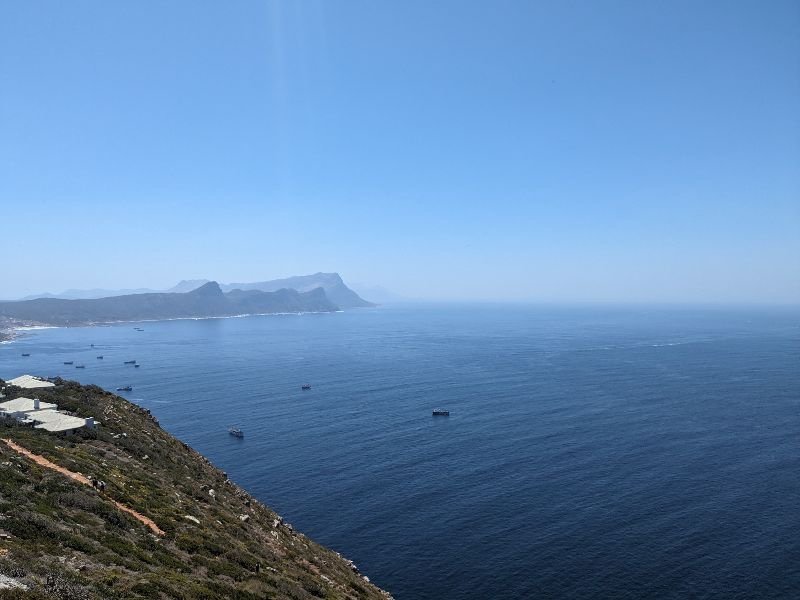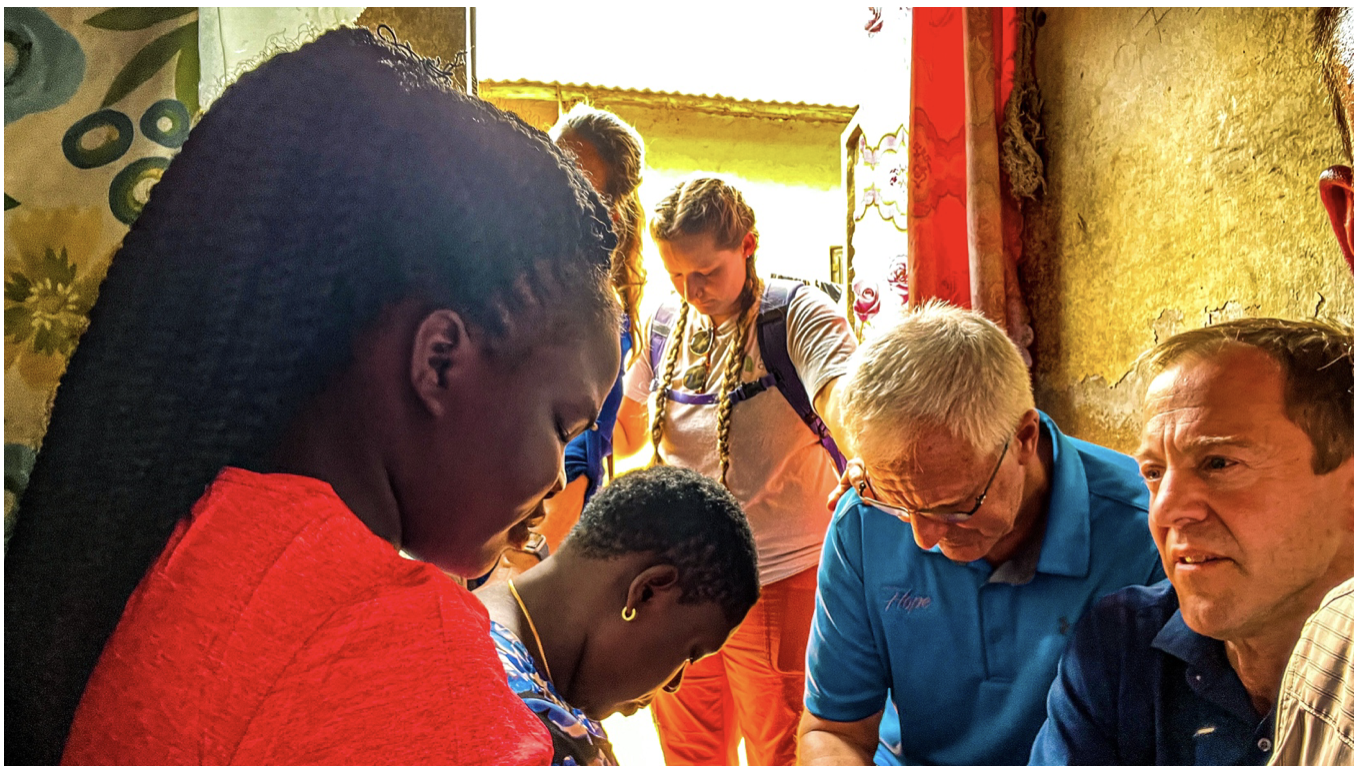A Brief History of the Church and Politics in Nepal
The church in Nepal is in the top three countries for the fastest growing church in the world per capita, according to Gordon Conwell Theological Seminary. The church in this country is relatively new, beginning only in 1951. The first Roman Catholics came in the early 18th c. to Kathmandu Valley. There were three separate kingdoms ruled by Malla Kings in Kathmandu Valley at the time, which became the modern cities of Kathmandu, Bhaktapur, and Lalitpur. King Prithvi Narayan Shah (below left) from Gorkha united many small city-states, including in Kathmandu Valley. He is considered the father of modern Nepal. He expelled the Roman Catholics in 1769 for political and religious reasons. He did not trust the English presence in the Indian subcontinent and he was a strict Hindu. The country would remain closed nearly 200 years. William Carey published a Nepali New Testament from Serampore, India in 1821. There was, however, a limited Christian presence in Nepal, through people like Chandra (1889-1929?). There were Christians who continued to make trips into Nepal during this time, but when the government found out, they were expelled. One was Ganga Prasad Pradhan (1851-1932) (right), who after being expelled worked with British missionaries to produce the first complete Nepali Bible in 1914 in Darjeeling, India. Mission work was very active in Darjeeling and other Indian border towns, such as Sukhia Pokhari, near Ilam, and many others.
Soon after India achieved independence from England in 1947, there triumphantly returning in 1951, declaring Nepal a democratic country. The borders were opened to Christians, a huge answer to prayer. This was the birth of the church in Nepal. Nepali, Indian, and Western believers had been preparing for this moment for a long time. The first church in Nepal after democracy was Ramghat Church, founded in Pokhara in 1952 by the International Nepal Fellowship, who also founded a hospital, eventually becoming Green Pastures Hospital. Soon afterwards, more churches began in the cities of Kathmandu, Nepalgunj, and Tansen, among others. There were strict rules expatriate mission workers had to follow, not being allowed to share the Gospel, but Nepali believers emphasized evangelization and witnessing.
In 1960, King Mahendra introduced a partyless Panchayat System, which lasted until 1990. It made the act of anyone attempting to convert a Hindu punishable by 3 years in prison, and if they led someone to convert, six years in prison. To the person who converted, they could be in prison for one year. Churches were raided and Bibles were confiscated or burned. During this time of persecution, the church continued to grow, mostly from people hearing the Gospel from a friend, family member, or pastor, and also through miraculous healings. Finally, in 1990, after nationwide protests for democracy, King Birendra ended the Panchayat System, and a constitutional monarchy was installed. An armed Maoist insurgency followed from 1996 to 1999. The royal family was also murdered in 2001 at their palace, which weakened the monarchy. King Birendra’s brother, Gyanendra (below), became king. He revived the Panchayat System in 2005. These events negatively affected the church. There was peace with the Maoists, who took to politics instead of armed violence. After widespread political demonstrations against the monarchy, it was abolished in 2008. An interim government was set up with freedom of religion.
In recent years, thousands of Hindus have attended protests to reinstate the Hindu monarchy, most recently in Jhapa District (where this picture was taken) and Kathmandu on Thanksgiving Weekend 2023. Thousands of protesters clashed with police, with several injuries reported. Some reasons for protesting: unemployment, inflation, corruption, and the Church growth from 2008 to 2023 has multiplied and is exploding! The reasons are largely the same as the first generation of the Nepali church: one-on-one sharing the Gospel and miraculous healings. Women are especially active sharing the Gospel. The newest constitution in 2015 declared Nepal a secular state. However, it contains anti-conversion laws, along with additional laws passed in 2017, that prohibit leading someone to convert and then baptizing, with a maximum sentence of 5 years in prison and a 50,000 rupee fine (about $420).
Official Census Data
Year Number of Christians
1951 0
1961 458
1971 2,541
1981 3,891
1991 31,289
2001 101,976
2011 375,699 (1.4%)
2021 513,788 (1.76%)
Local Pastor P believes in 2011 10%, or about 2,649,450 people, were Christians. The Unofficial 2021 Census Data said 63%, or 18,469,927 people are Hindu, and Christianity is the 2nd largest religion with 15% or 4,307,608 people. Local Pastor B, says Hindus are closer to 40%. Buddhism comes 3rd at about 6.5% or 1,897,511 people. This is probably more accurate.
Official 2021 Census data: 1. Hinduism 81% or 24,188,515 people 2. Buddhism 8% or 2,394,549 people 3. Islam 5% or 1,483,060 people
Persecution still exists in the family, village, and government levels, but not as bad as it once was. It is worse in the Terai (southern Nepal) because of influence from India. Persecution often occurs among family or in the village due to the shame brought onto the community by someone becoming a Christian. Nepalis are sometimes accused of converting to Christianity because foreigners paid them money, or “rice Christianity.” However, this is usually not the case. So many Nepali people remain unreached; there is still much work to be done, but praise God that He continues to draw Nepalis to Himself!
Questions many pastors ask new Christians before baptism: Are you willing to…
Lose your home and family? 5. Bring your offerings to Jesus, forsaking all former gods?
Lose your inheritance? 6. Suffer, be persecuted, and go to prison for Jesus?
Lose your job? 7. Forgive your persecutors and share the love of Jesus?
Lose your friends?
Sources:
The Cross in the Land of the Khukuri by Norma Kehrberg
Early Churches in Nepal by Rajendra K Rongong
Nepal Christian History by UJ Gurung
vomradio.net episode published December 4, 2021: VOM Radio - NEPAL: Choose To Be Joyful
About the authors: J and L in are All Nations fieldworks in South Asia
Staying Connected or Learning More
Help share this and other blogs with your friends and ministry leaders! It would also be a huge help if you could please follow us on social media via the links below! Thank you!
If you would like to receive leadership updates, link here to stay current on All Nations International’s news and prayer efforts! To learn more about All Nations today, visit: www.allnations.international!
Are you wondering if you are wired to go? This area on our web site will help you!
We have plenty other resources (devotion, book club, events) and a monthly global prayer for the neglected! You are welcome to join us.
Give today to see the neglected globally reached — the least, the last, and the lost!
www.allnations.international
Reaching the neglected globally — the least, the last, and the lost since 1993.

















